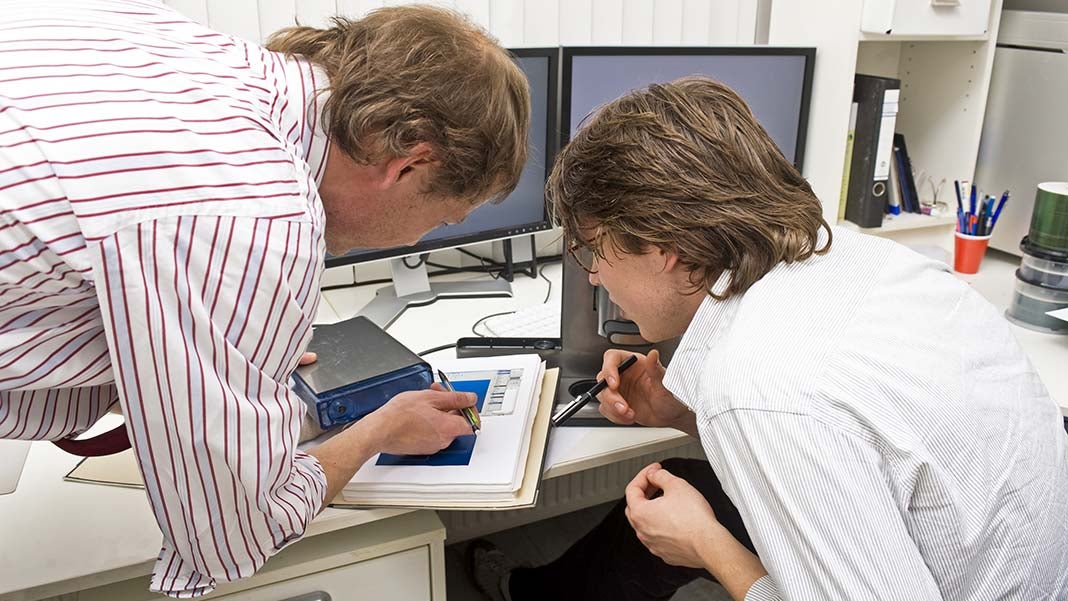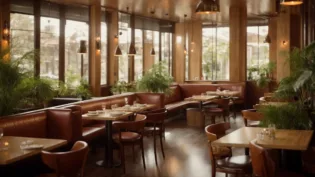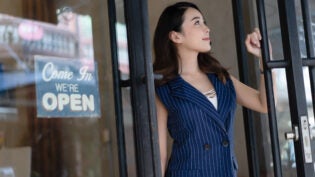
When you’re developing a new product or revamping an existing one, you no doubt have numerous ideas. How can you validate them and choose which are worthy? What product design practices help maximize the chances that your product will find commercial success? The product discovery phase helps you align business decisions with customer needs to produce a solution that matches current market demand. Get familiar with the product discovery process and learn how it can benefit your own product.
Understanding the Discovery Phase
What is product discovery? Tim Herbig, the author of Product Discovery Practical Guide for Agile Teams, defines product discovery as an iterative process of clarifying uncertainty around an idea or a problem to ensure you build the right product for the right audience. The discovery phase prepares the ground for a successful product implementation and launch. It helps product design teams validate market assumptions before development and choose the right assumptions on which to base business decisions. The essential benefits of product discovery include:
- A value-driven approach to product design
- Ability to identify the optimal solution based on customer needs
- Cost-effectiveness
- Strategy-oriented product development
- Minimized risk of failure
- Faster time to market
- Agility
Product discovery is a must whenever the team feels uncertain regarding what kind of features to build, what customers want to get with the product, why they need the product, and so on. The discovery phase helps to get rid of uncertainty in all these questions. Thanks to its automation and data analysis capabilities, TriStar, a product development solution, can further take the guesswork out of the product discovery process.
Product discovery steps
The product discovery process is not linear. You may run through the same steps repeatedly until obtaining the final product vision. The classic agile product discovery scheme is the following:
The core goal of product discovery is to identify and analyze the customer’s problem that the product will solve and get a clear action plan to create an appropriate solution.
Step 1. Product alignment
This step is dedicated to collecting initial information, building a shared understanding of the project among all team levels, and forming the input for further research and ideation. Working in a team, fill in the product’s lean canvas:
The lean canvas helps you identify and evaluate the characteristics of your target market and the problems you’re going to solve with your product. A lean canvas allows you to identify your value proposition and your solution to help you reach planned business goals. The custom lean canvas template we’ve shared contains a “Competitors” section instead of the classic canvas scheme. It’s impossible to form unique competitive advantages without identifying competitors’ strengths and weaknesses.
Fill out the canvas sections with available information and add new findings while going through further product discovery steps.
Step 2. Research & elicitation
It’s essential to uncover market opportunities, analyze existing demand and customer pain points, and match these with your goals. During research and elicitation, you need to perform:
- Market analysis: Analyze the market size, key players in your niche, demand, growth areas, etc.
- Competitor analysis: Identify direct and indirect competitors, define their strong and weak sides, determine their value propositions, and see how they deliver them to end users.
- Target audience analysis: Analyze your target customer categories and outline buyer personas for each category.
There are multiple research methods you can use based on the project’s specifics and your research goal. You can outsource research to a product discovery services provider or conduct it in-house.
The key outcome of this step is a functional decomposition of competitors’ products with a defined list of features for your direct competitors. You can make such a decomposition based on specific user roles or map an overall list of features for an entire product based on the required depth of research.
Another important deliverable is buyer personas — portraits of your typical target users by customer category. A buyer persona should contain demographic information, customer goals, problems, needs, level of technical knowledge, and some emotional characteristics regarding product use (frustrations, fears, etc.).
Step 3. Solution ideation
The first two steps were related to analyzing the problem space. The solution ideation step is focused on finding how to solve the defined problems. While coming up with ideas, use a together-alone approach where each participant thinks about the solution from their own perspective. Then, participants present their ideas to the team and discuss them together.
During solution ideation, work through the following items:
- Business model: A detailed business model description based on the lean canvas framework
- Solution concept: A product vision, product value, and primary functions as the basics for the product strategy
- User roles: A description of product user types with permissions, available features, and user journeys
- Feature breakdown list: A detailed functional decomposition of the solution
Step 4. Estimation & planning
The goal of the final step is to prepare a development-ready solution concept with a clear plan of how to implement it. The product discovery team should prepare the following:
- Time estimate for development of prioritized product features
- MVP scope: a list of basic features to develop first
- Proposal for the technology stack, which should describe the most suitable technologies based on performance requirements and project complexity
- Suggested post-MVP scope: the full scope of the product version
- Defined project team set
- Estimated cost for both MVP and full product version development
What’s next?
Once all these documents are ready, you can move from discovery to product design. If you’re developing a new product, the first step is developing an MVP. Then you launch the MVP to the market and collect the first feedback from real users. Based on this feedback, you can define required changes and new features for the next iterations. Then you can begin a new development iteration and produce the next product version.
4517 Views














